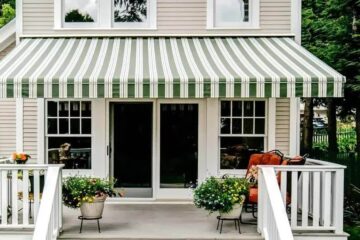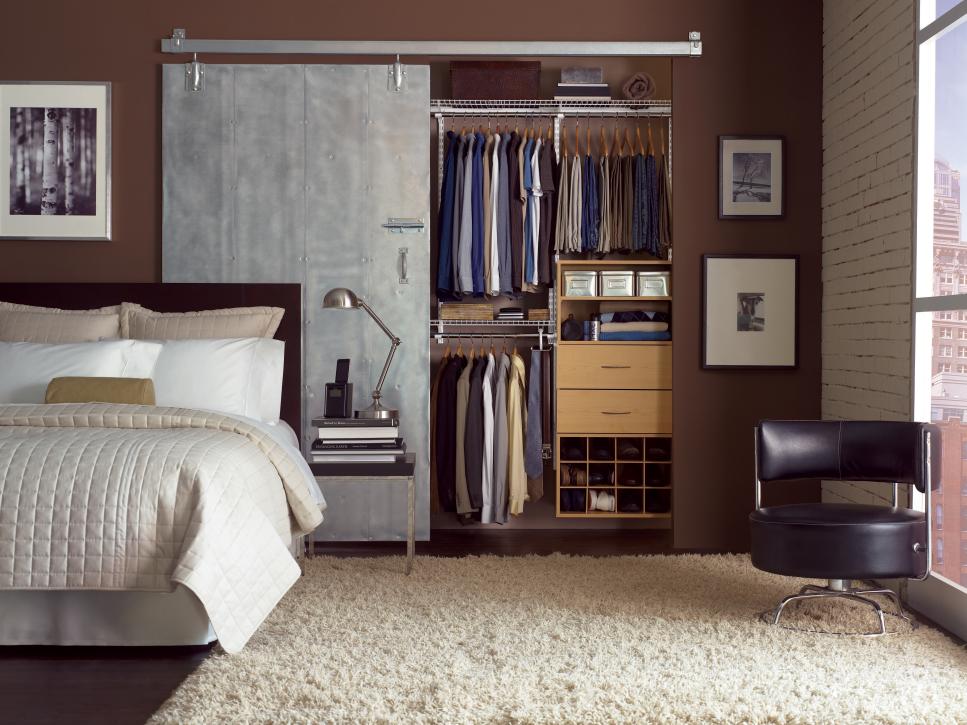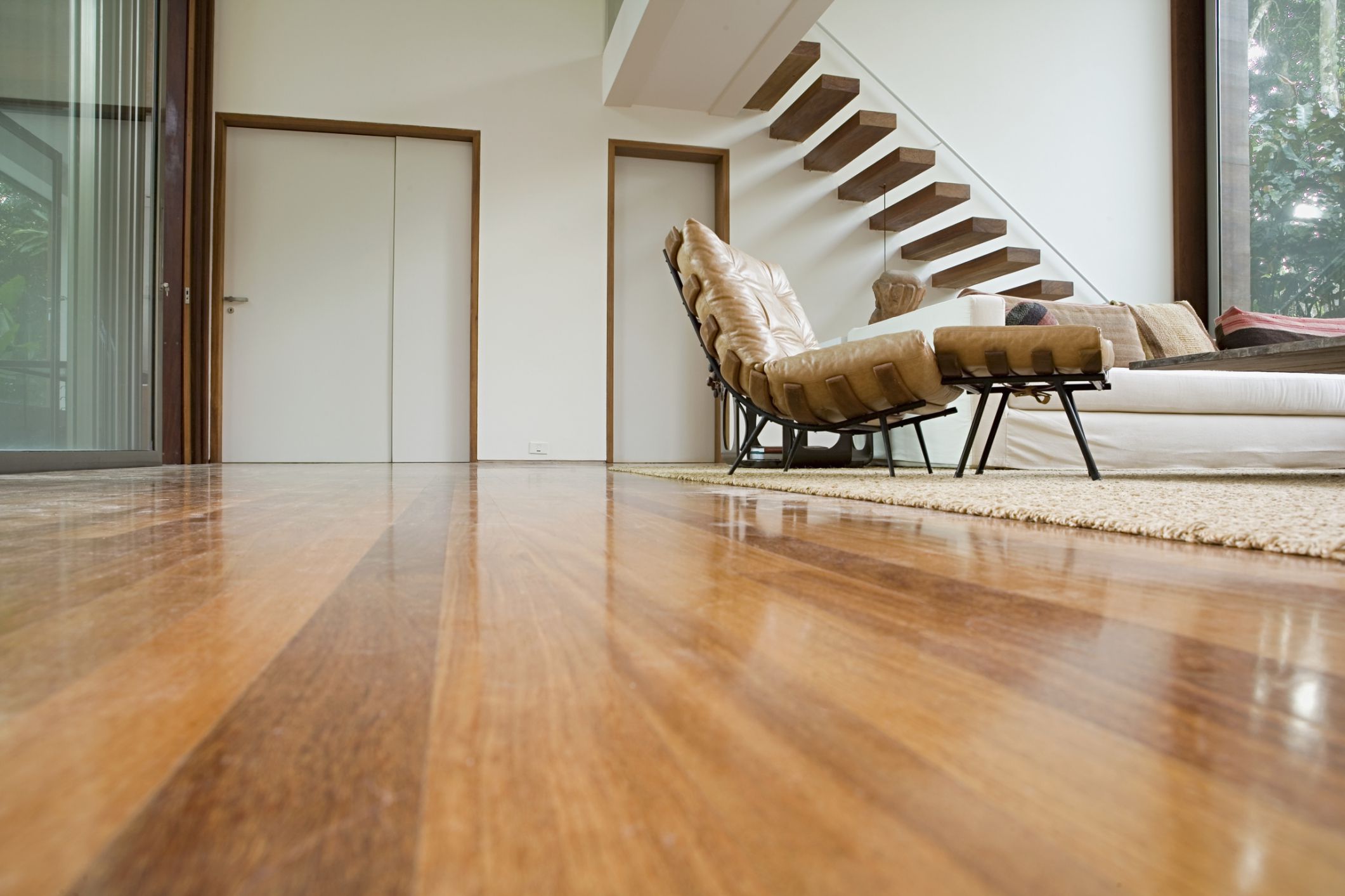Why Victorian Conservatory Roofs Appeal

- Aesthetic & heritage value: The sweep of a Victorian-style roof — with its curved hips, ornate ridges, and glazing bars — is instantly recognisable and adds classic character to a home.
- Light and openness: Traditional glazing allows sunlight to flood in, making the conservatory feel spacious and connected to the garden.
- Flexibility of use: In earlier times, these rooms served as greenhouse-like refuges or cosy garden rooms; today they can be offices, dining rooms, playrooms, or all-year living spaces.
Common Problems with Traditional Victorian Roofs
While visually appealing, many original or retrofit Victorian conservatory roofs carry drawbacks:
- Poor thermal performance
Glass and polycarbonate let heat escape in winter and bake the room in summer. This leads to high heating costs and discomfort. - Noise
Rain, hail or even strong wind hitting a glazed roof can create a “drumming” effect that makes noise inside. - Condensation and leaks
Weak seals, old frames or poor venting can cause leaks and moisture problems, potentially damaging interior finishes or encouraging mould. - Structural load & frame stress
Heavier materials or improper retrofits risk overloading the original conservatory frame or causing sagging and frame fatigue. - Under-utilisation
In many homes, these conservatories are only used in spring or autumn — too cold or too hot in extremes — which means wasted potential.
Modernising Victorian Conservatory Roofs: Best Practices
The key is to retain the charm of the Victorian style while upgrading the performance. Here are some strategies for insulated conservatory roofs:
1. Use a hybrid or solid-conversion roof
Rather than pure glass, a system combining insulated panels with strategic glazing (for light) can maintain the roof’s shape but with much better thermal efficiency.
2. High insulation & low U-values
Look for systems offering U-values of 0.15 W/m²K or better, which greatly reduce heat loss. With robust insulation, the conservatory becomes usable year-round.
3. Lightweight roofing materials
Modern synthetic slate, composite tiles or lightweight insulated panels help keep the load manageable for original frames or with minimal reinforcement.
4. Controlled glazing — skylights or rooflights
Incorporating insulated, double- or triple-glazed rooflights in strategic places maintains daylighting without the performance penalty of full glass.
5. Ventilation & condensation control
Proper air gaps and vents in the roof system ensure airflow and reduce internal condensation issues.
6. Retaining architectural detail
Cresting, ridge finials, decorative bars and bargeboards can be re-rendered or replicated in lighter materials so that the character survives the upgrade.
Why Consider a Replacement Roof — and Where to Start
When your Victorian roof is no longer meeting your comfort needs, a replacement makes sense. A well-selected roof will:
- Turn the conservatory into a true all-season room
- Reduce energy bills
- Eliminate noise issues
- Add perceived property value
- Remove the “glass box” look and help the room visually match the rest of the house
Your path usually starts with a survey by a specialist, who will:
- Assess structural capacity
- Advise on planning/building control requirements
- Propose roof options that suit your style (e.g. traditional curved hip frames, detailing, slate or tile choice)
- Provide cost estimates and timelines
Linking Tradition & Innovation: An Example Approach
Suppose you have a Victorian conservatory whose roof is over 20 years old, suffering from leaks and overheating. A specialist might propose:
- Installing a bespoke insulated roof system following the same hip-and-ridge geometry
- Retaining or replicating cresting and ridge finials
- Using a lightweight insulated tile with a 0.15 U-value
- Adding discreet glazed rooflights for daylight
- Adding new plastered pelmets, internal finishes, and LED lighting
The result? The space becomes a comfortable, year-round room — but still retains that timeless Victorian silhouette.
Why Work with a Specialist Company
Because Victorian Conservatory upgrades are not “standard jobs,” working with a dedicated conservatory roof specialist ensures:
- Tailored design to match your architecture
- Building-control compliant installations
- Proper thermal & acoustic performance
- Guarantees and quality workmanship
For instance, Conservatory Roof Specialists offers tiled replacement roofs and solid roof systems that transform underperforming conservatories into warm, usable living spaces. Their systems achieve excellent thermal values, reduce noise, and are building control approved. You can learn more about their offerings on their website: Conservatory Roof Specialists.
https://www.conservatoryroofspecialists.co.uk/
Final Thoughts
Victorian conservatory roofs remain beloved for their elegance and light. But without performance upgrades, they often fall short in comfort and practicality. By combining modern insulated materials, careful design, and specialist workmanship, you can preserve the heritage aesthetic while gaining a room that works all year long.
If your client or readership is considering upgrading a Victorian conservatory roof, feel free to link through to Conservatory Roof Specialists for expert solutions and quotes.










